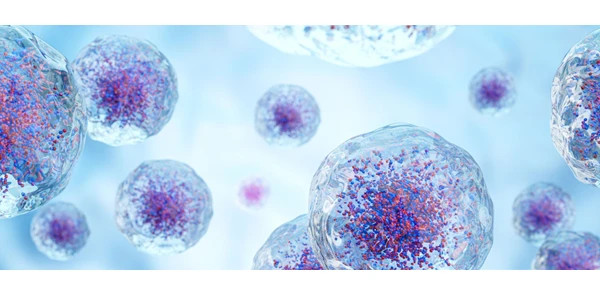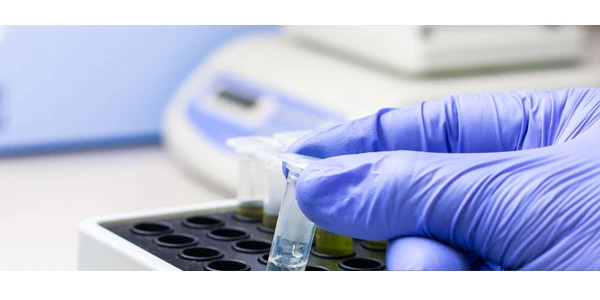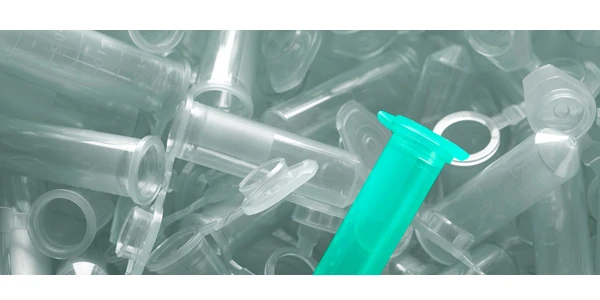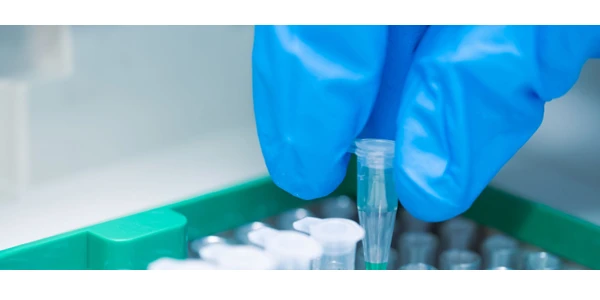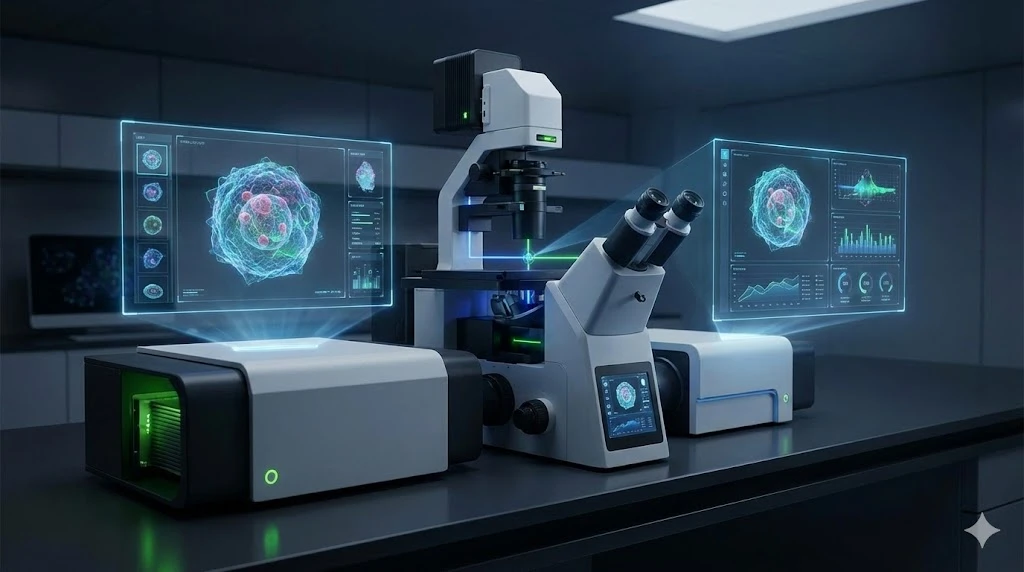Mass Spectrometry Investigations of Food and Beverage Quality and Safety: Time for some Wine
The importance of food and beverage testing
Foods are sourced from diverse geographies, employing distinct cultivation conditions, and processed under varying levels of quality control. For these reasons, it is more important than ever to ensure those foods are harvested and handled using strict safety standards, and that contaminating materials and residual pesticides are identified as early as possible.
Pesticide testing in wine
Let’s start with wine – always a good place to begin. Wine drinkers come to enjoy certain wineries and varietals that are true to form and free from adulterants, inconsistencies, and unsafe ingredients. Afterall, the same fine qualities that sets a brand apart can lead to negative consequences, once those qualities are compromised.
- Although standards vary, regulatory bodies command Maximum Residue Limits (MRLs) for pesticides testing. Multi-residue analysis can be demanding due to the low levels present, the wide range of compounds and chemistries represented, and the complex background or matrices.
- The initial step of pesticides isolation typically includes upstream extraction and enrichment techniques, such as QuEChERS and SPE, prior to LC-MS/MS or GC-MS. Automated systems such as the Dionex AutoTrace SPE instruments make use of cartridges or disks and positive pressure flow of analyte, greatly increasing the throughput of sample prep. A host of alternative systems exist for this stage of analysis.
- QuEChERS extraction requires modifications tailored to the source of analytes – in this case established methods for fruits and vegetables analysis – typically followed by dSPE cleanup.
Depending on the compounds of interest and the chemistries involved, a wide range of LC-MS/MS and GC-MS systems - and associated columns and analysis software - are available.
- Reverse phase C18 columns are typically used for polar compounds although aqueous C18 LC columns can offer better retention and performance for some polar compounds – making them strong additions or alternatives for the pesticide analysis tool box.
- Depending on the column and support parameters, either HPLC or UHPLC LC systems are used.
- LC-MS/MS systems can include a variety of configurations, including triple quadrupole, ion trapping quadrupole, quadrupole TOF, and others designed for complex small molecule analysis.
- GC-MS systems are typically used for non-polar, volatile compounds which are more suited to gas phase analysis. Built for purpose systems - complete with pesticide databases for data analysis - are available for streamlined implementation.
- Comprehensive deconvolution of data – for up to 1000 pesticides or more - can be assisted using spectral libraries or MRM database tools specific to pesticide panels of interest.
This is a very active area of development and as such there are a large number of instruments, reagents, and software solutions available for required pesticides panels – which again can vary according to regulatory requirements.
Additives and contaminants testing in wine
Other chemicals in wine – some meant to be there, some not.
- Sulfites detection: Sulfur dioxide (SO2) added to control wine making processes can exist as free molecules including both SO2 (gas) and bisulfate ion (HSO3-), or bound to compounds such as acetaldehyde.
- These compounds must be monitored and disclosed to consumers, as sulfite is considered an allergen and can pose a health threat. The European Union has established maximum permitted levels of total SO2, which varies from 150 to 500 mg/ml depending on the sugar level of the wine.
- Photometric measurements using devices such as the Thermo Gallery Discrete Analyzer, are based upon reaction between SO2, p-rosaniline hydrochloride, and formaldehyde, with detection using a 575 nm filter and 700/750 nm filter for side wavelength.
- Similar automated systems can enable testing laboratories to quickly and efficiently assess sulfite levels in relation with regulatory standards.
Metals, dyes, and other contaminants present in wine – some natural, some not so much.
- Metals including iron, copper, and zinc can be present in wines as a result of soil conditions, cultivation conditions, vineyard type, and processing methods. These and others may be introduced by equipment and handling downstream of the harvest as well. Regardless of origin, detection and measurement are important to ensure that levels are not exceedingly high and unsafe for consumption.
- Regulatory guidelines such as the European Union directive (EC 606/2009) stipulate maximum levels for copper (0.5 mg/ml) and iron and zinc (30 mg/ml).
- Furthermore, the excess presence of these metals can induce haze formation in wine after bottling and during aging.
- Flame ionization atomic absorption spectroscopy is the standard for metals analysis and systems such as the Thermo iCE 3300 AA and associated software can provide accurate analysis using pre-set methods configured for each metal of interest.
- Arsenic and dyes – and other contaminants and adulterants – are critical for detection as well, and as such analytical instruments exist for these applications.
Testing summary
At the end of the day, it’s important and comforting to know that a vast array of technologies have been implemented to ensure your favorite wine is safe to sip. Your neighbor’s homemade wine, that might be another story.
Updated October 2020
